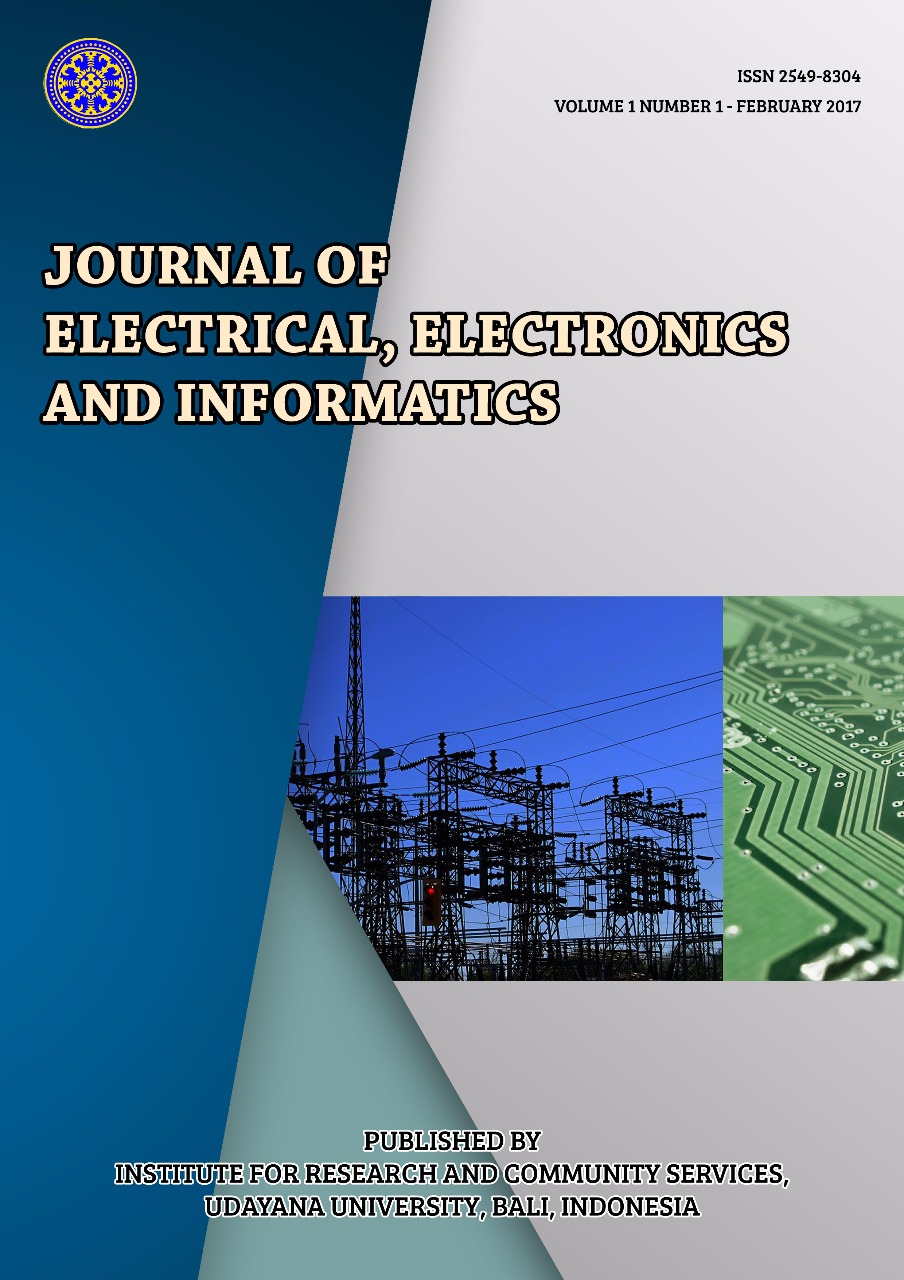Natural Deys from Fruit Waste as a Sensitizer for Dye Sensitized Solar Cell (DSSC)
Abstract
Dye-sensitized solar cell (DSSC) is one of the potential candidates for the next generation solar cells. One of the most attractive features of the DSSC is the low production costs. The utilization of natural dyes is a new area for investigation due to their unique capability to absorb photons from natural sunlight or artificial light and convert it into electric current. The purpose of this study is to determine the potential of natural dye from red dragon fruit waste as a dye sensitizer. Red dragon fruit peel is initially extracted using methanol and the solution absorption spectra then is characterized using UV-Vis spectrophotometer. The absorption spectra is measured within a wavelength range of 400-800 nm. The characterization results show that the maximum absorption spectrum is at a wavelength of 446 nm. The natural dye solution then is used to immerse Fluorine Tin Oxide (FTO) coated with titanium dioxide (TiO2). The glass FTO is immersed in the dye solution for 24 hours. DSSC then is prepared by sandwiching the working electrode and counter electrode. An electrolyte solution is used to fill the interface between the two electrodes. The current and voltage (I-V) characteristics of DSSC is finally measured using amperemeter and voltmeter. The results indicated that the natural dye from the peel of red dragon fruit has potential as a dye sensitizer. Further research is still required to improve the performance of the DSSC.











